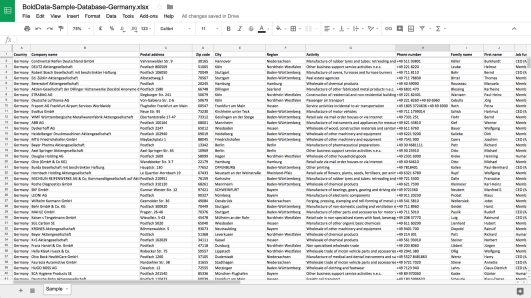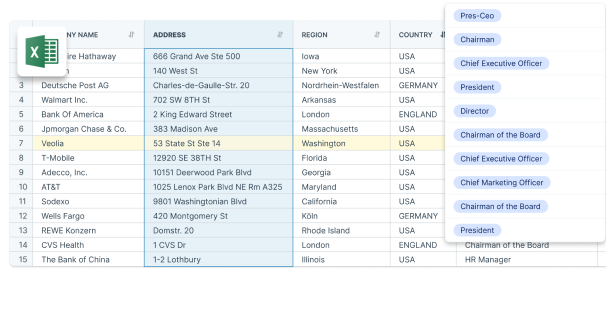According to the US government, Standard Industrial Classification (SIC) codes are four-digit numerical codes that identify the industries to which companies belong and organize industries based on their business activities. In 1937, the U.S. government created the SIC codes to classify and analyze economic activity across sectors and government agencies and uniformly present those agencies’ statistics. Aside from the U.S., other countries like the UK have also adopted SIC codes.
An Overview of Standard Industrial Classification (SIC) Codes
Based on the SIC system, the economy can be divided into 11 major groups:
- Agriculture, forestry, and fishing
- Construction
- Finance, insurance, real estate
- Mining
- Manufacturing
- Nonclassifiable Establishments
- Public administration
- Retail trade
- Services
- Transportation and public utilities
- Wholesale trade
Following that, they are divided into 83 two-digit major groups and grouped into 416 three-digit industry groups, followed by over 1,000 four-digit industries.
SIC codes are used to identify the main business lines of all companies. A SIC code begins with two digits that determine a major industry group. The third number identifies the industry group, while the last digit specifies the particular industry.
How many SIC codes does a company have?
Businesses can have six SIC codes. The first SIC code identifies the business’s primary function. Then, additional SIC codes are assigned in descending order based on each function’s contribution to the business’s revenue (see below). Parent/ultimate SIC codes may include subsidiary SIC codes.
Each input is converted to the four-digit U.S. standard of 1987 as closely as possible. Based on our database of companies, we can provide the following SIC codes:
- The secondary SIC code of the business in the U.S. 1987 format
- The third SIC code of the business in the U.S. 1987 format
- The fourth SIC code of the business in the U.S. 1987 format
- The fifth SIC code of the business in the U.S. 1987 format
- The sixth SIC code of the business in the U.S. 1987 format
How Can SIC Codes Help You?
When pulling data for companies in a specific industry, you’ll typically need NAICS or SIC codes. To find the closest matching industry within a database, it helps to know how industries are organized by codes rather than just keywords. Doing it this way makes it easier for you to conduct market research.
For example, identifying competitors, nearby companies, and peers can be helpful if you want to open a company in a particular location. Or, if you are opening a retail establishment, you should identify what other establishments are nearby to gain a share of the retail traffic. Instead of scouting the area in person and looking at the establishments around, having a SIC code database can help you do these things easily.
Where can I download the complete list with SIC Codes?
The complete list with all SIC codes can be found here. BoldData can deliver custom made databases in 200+ countries. That is why we’ve translated all SIC Codes to your local language. Using codes are the best way to reach your target in a different country. Need help on determining the SIC code of your target? Reach out to our data experts via + 31(0)20 705 2360 or via sales@bolddata.nl. We’re here to help!
Get the SIC Codes List You Need from BoldData
BoldData delivers custom-made SIC Code databases on 100+ different selections. From region to turnover, sector, and the number of employees. If you are interested, request a free quote via the contact form now. Would you like to search for a different industry region, city, or country? You don’t have to worry: we can provide you with data in all industries worldwide.

